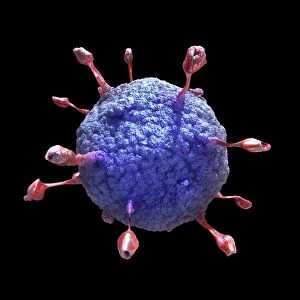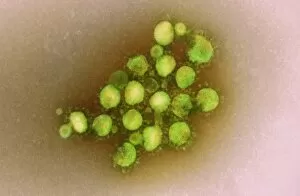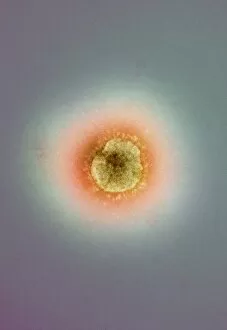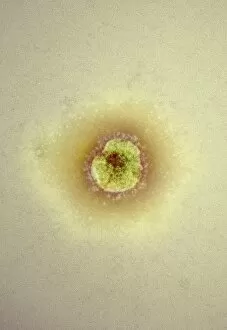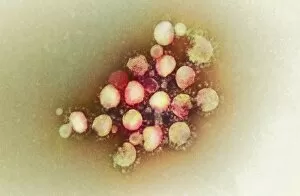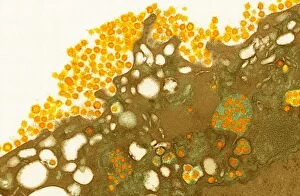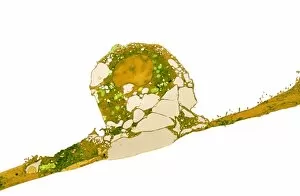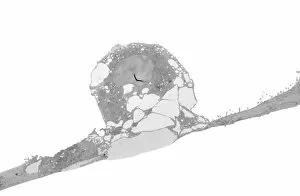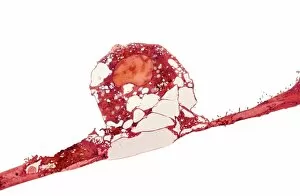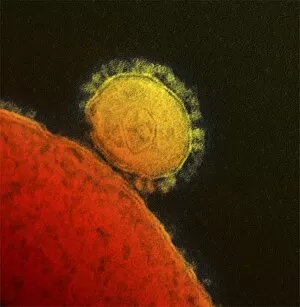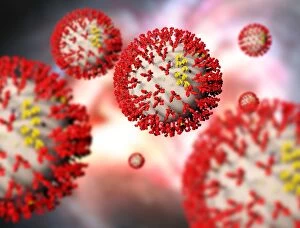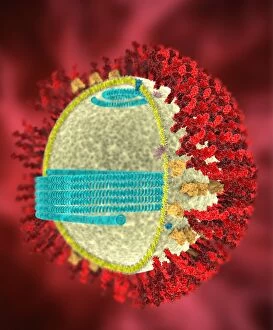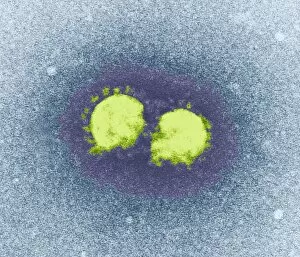Sars Collection (#2)
"SARS: Tracing the Threads of History and Modern Pandemics" In a fascinating juxtaposition
For sale as Licensed Images
Choose your image, Select your licence and Download the media
"SARS: Tracing the Threads of History and Modern Pandemics" In a fascinating juxtaposition, this captivating caption weaves together the threads of history and modern pandemics. Starting with World War 1, we delve into the trenches where soldiers fought bravely on the Somme Battlefield near Le Sars, France in March 1917. Unloading ammunition amidst chaos and destruction, they unknowingly set foot on ground that would later become synonymous with another deadly enemy. Fast forward to our present reality, where an alien wearing a face mask serves as a striking illustration of how our world has changed. The coronavirus particles under a microscope reveal their intricate structure resembling tiny crowns – hence their name "corona. " Among them lurks the infamous SARS coronavirus protein, responsible for one of humanity's most challenging battles against infectious diseases. As science progresses, researchers tirelessly study these microscopic villains like never before. A conceptual image captures their essence - mysterious yet menacing. Microscopic views further unveil both coronaviruses and Henipavirus; each showcasing nature's ability to produce formidable adversaries. Artwork depicting viruses reminds us that these invisible foes have plagued mankind throughout history. The SARS virus artwork portrays its distinct features while urging caution and vigilance against its resurgence. From war-torn battlefields to today's global health crisis, this caption connects dots across time and space. It highlights how human resilience has faced adversities in different forms but also emphasizes the importance of understanding past lessons to combat present challenges effectively. Intriguingly complex yet undeniably relevant, exploring such connections sheds light on our shared journey through time – from soldiers fighting wars to scientists battling pandemics – reminding us that knowledge is key in overcoming any threat we may encounter along the way.

